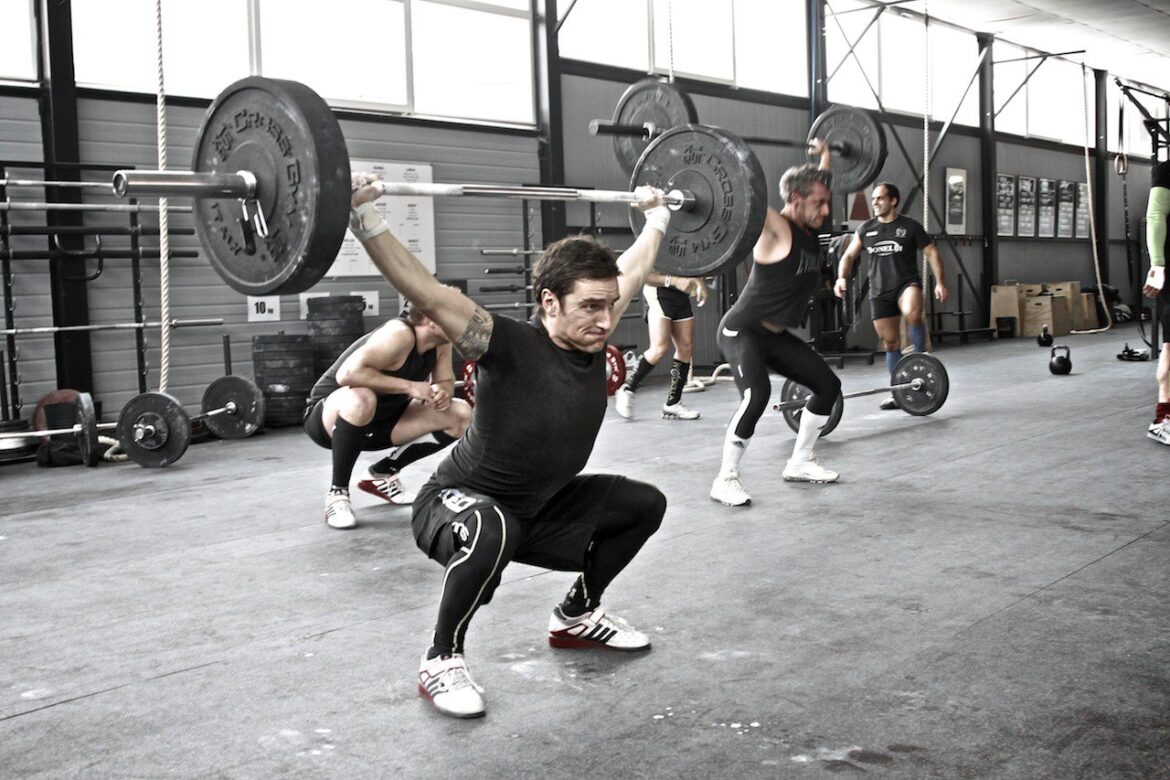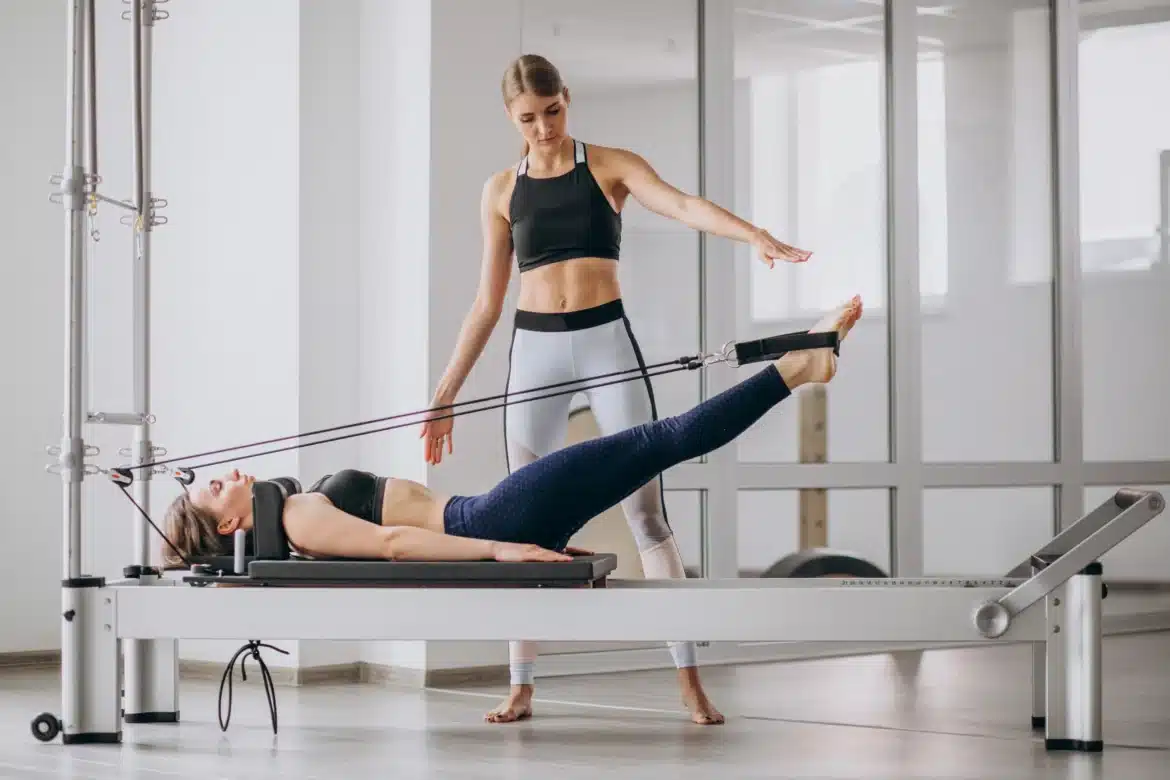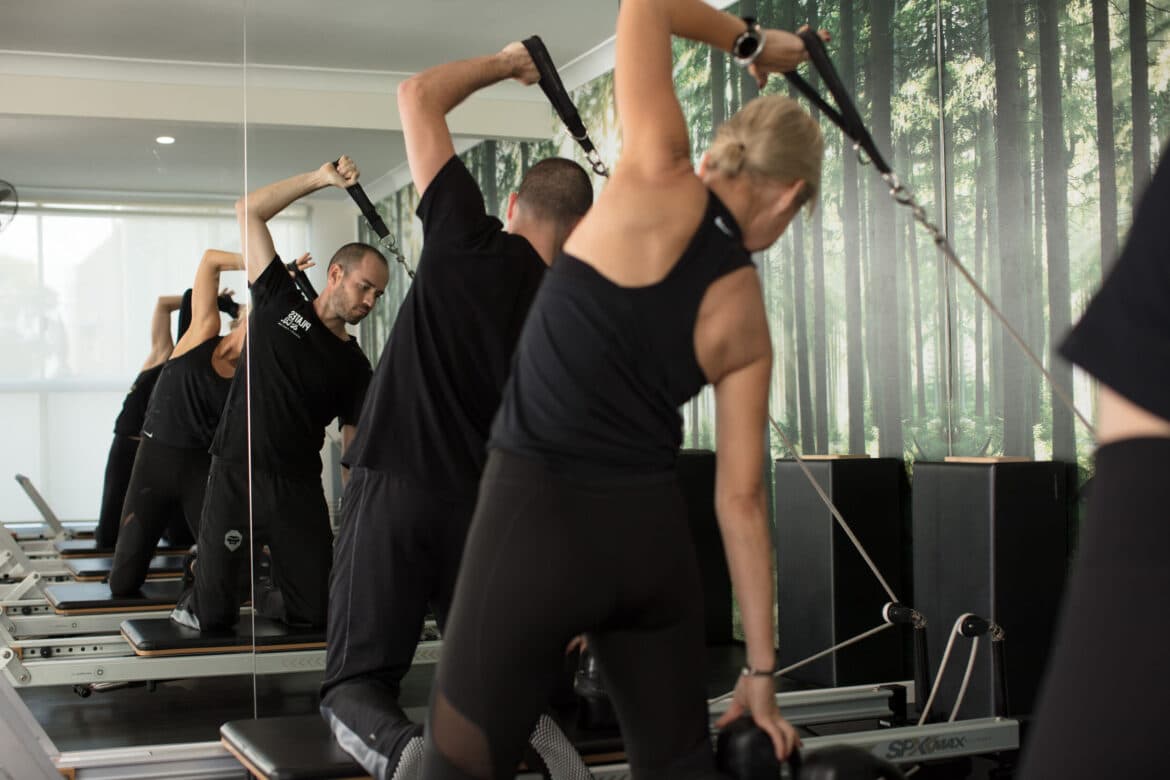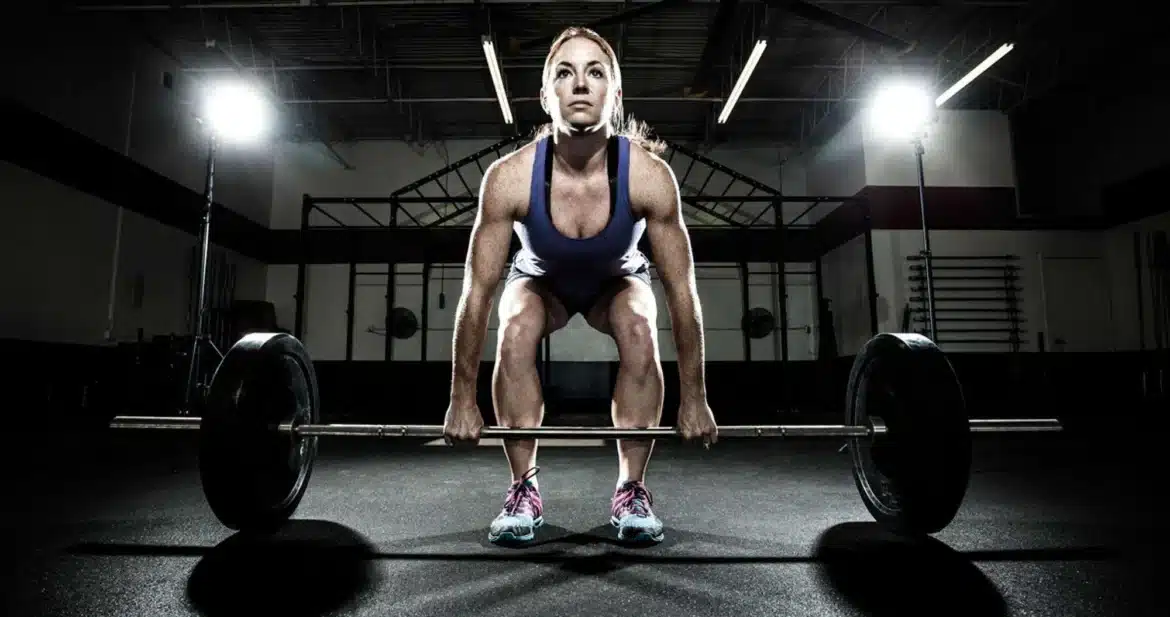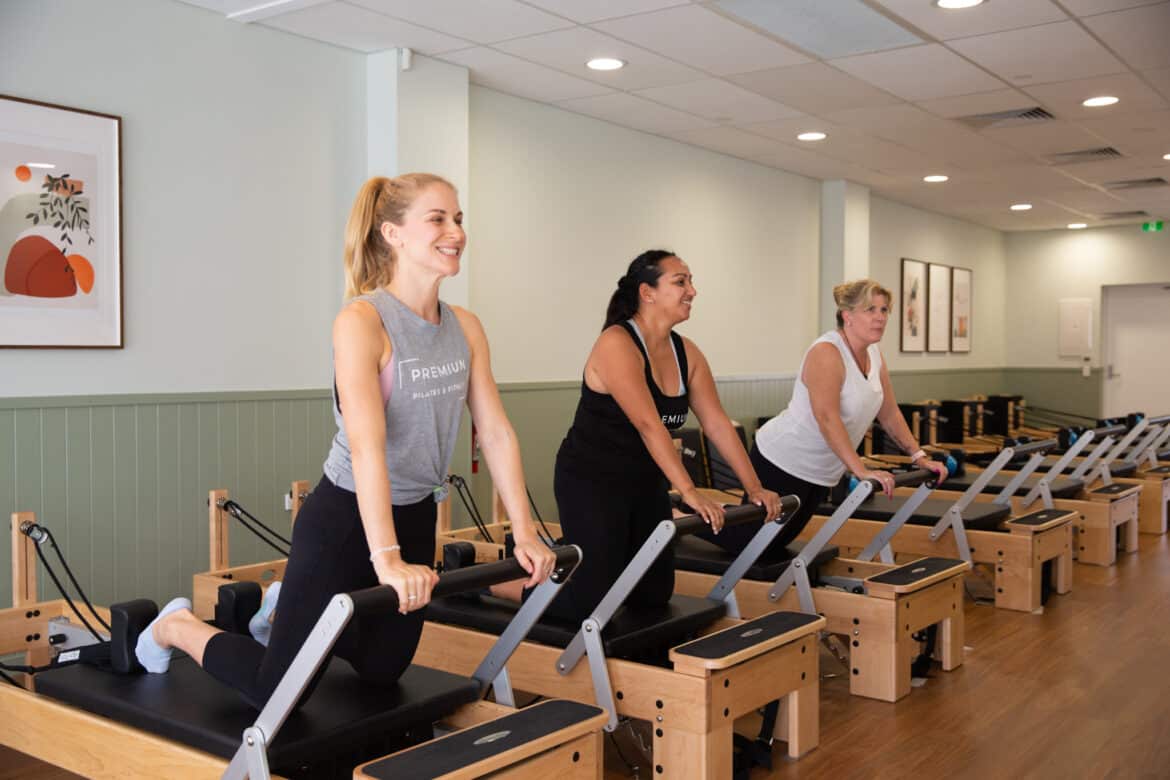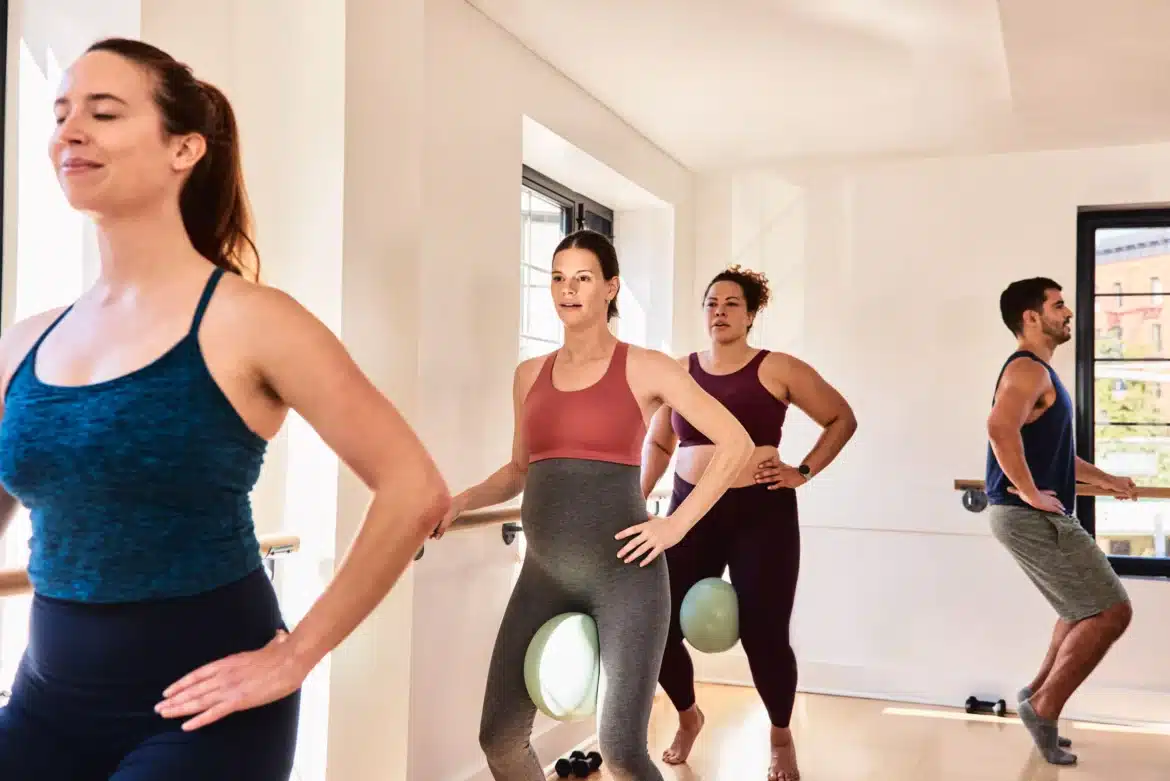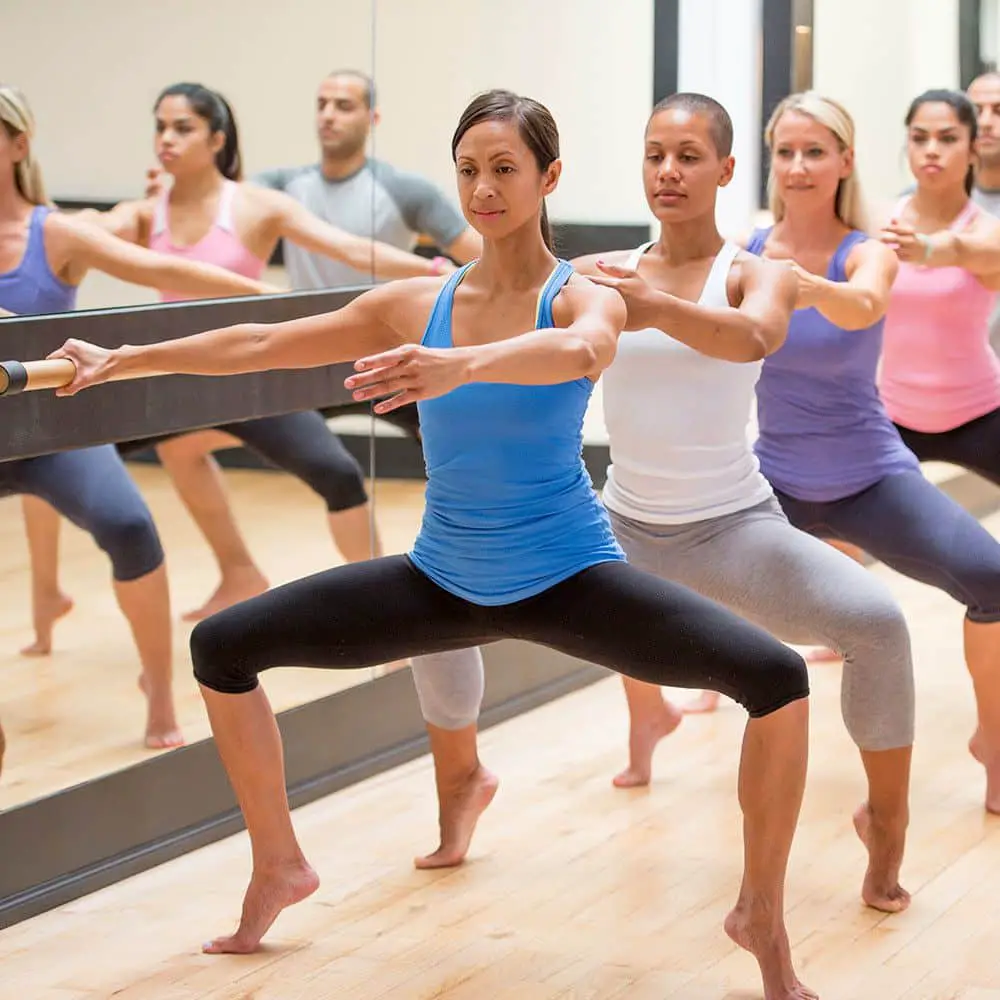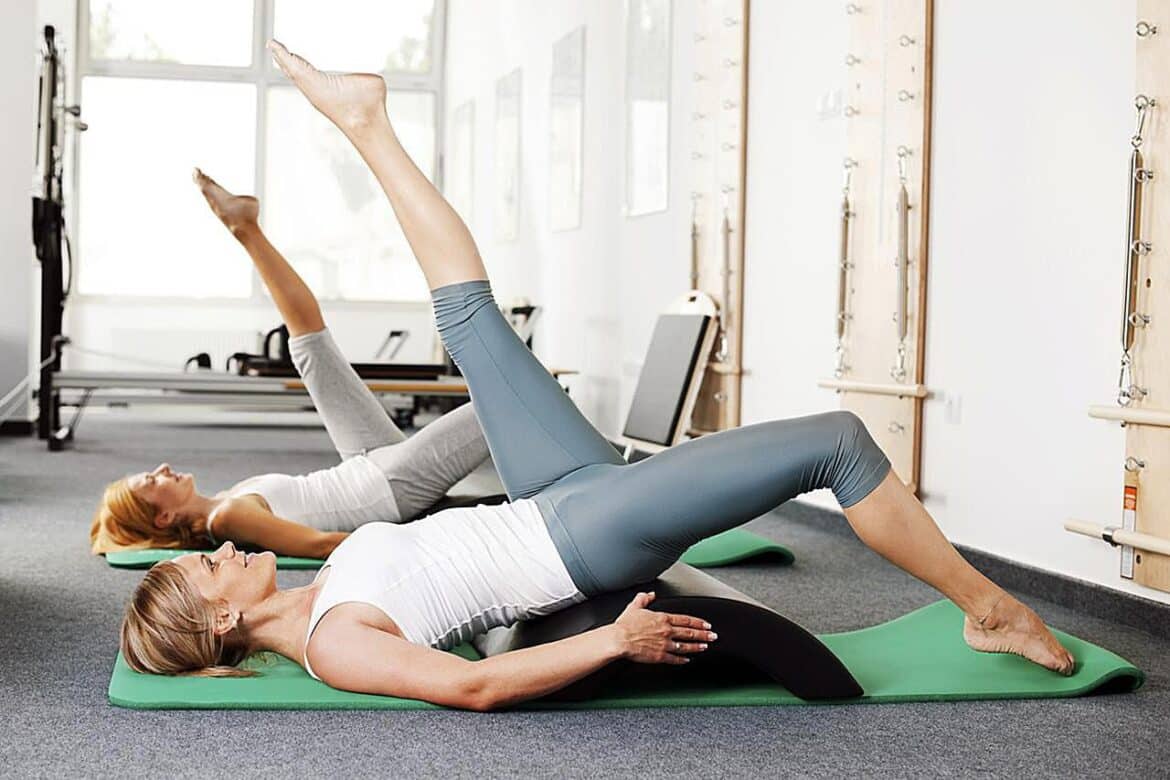Introduction CrossFit, a high-intensity fitness program that combines elements of weightlifting, cardiovascular exercise, and functional movements, has gained immense popularity in recent years. However, a pressing question on the minds of many potential enthusiasts and skeptics alike is whether CrossFit is safe. This concern stems from the program’s reputation for pushing participants to their physical limits and its association with the risk of injury.In this exploration, we will delve into the safety aspects of CrossFit, examining the potential benefits and risks associated with this intense training regimen. We will consider the role of proper coaching, programming, and technique in mitigating injury risks, as well as the importance of individual readiness and fitness levels. Additionally, we’ll explore the controversies and criticisms surrounding CrossFit’s safety record, seeking to provide a balanced and evidence-based perspective on this popular fitness phenomenon. By the end of this discussion, you will have a clearer understanding of whether CrossFit is a safe and suitable fitness choice for you, allowing you to make an informed decision about your fitness journey. CrossFit, a high-intensity fitness program that combines elements …
Jordan Wells
Jordan Wells
Jordan Wells is a certified fitness coach with over 7 years of hands-on experience working with clients ranging from everyday beginners to competitive athletes. With a background in kinesiology and a deep passion for evidence-based training, Jordan focuses on building smart, sustainable workout programs that actually fit real life. His/her specialties include strength training, agility development, and helping people move better — not just look better. Outside the gym, Jordan writes about functional fitness, motivation, and the mental side of training. “Fitness isn’t about perfection — it’s about showing up, staying consistent, and making the process work for you.” You can usually find Jordan outdoors with a kettlebell, a jump rope, or a notebook full of new training ideas.
Introduction Is Pilates Strength Training Or Cardio: The world of fitness is a dynamic and ever-evolving realm, with a multitude of exercise modalities designed to cater to diverse fitness goals and preferences. Among these, Pilates stands out as a highly regarded and popular discipline that has been embraced by individuals seeking improved physical strength, flexibility, and overall well-being. To answer this question effectively, it is essential to delve into the core principles and practices that define Pilates. Developed in the early 20th century by Joseph Pilates, this holistic approach to fitness was initially known as “Contrology” and was designed to promote a harmonious union of body and mind. Pilates emphasizes a series of controlled and precise movements that target specific muscle groups, with a primary focus on the core. This aspect of Pilates undeniably aligns it with the principles of strength training. Pilates exercises are performed on various apparatus, such as the Reformer and Cadillac, as well as on mats. These exercises typically involve resistance in the form of springs, which individuals must engage their muscles to overcome. This resistance …
Introduction How Effective Is Pilates For Weight Loss: Pilates, unlike traditional high-intensity workouts, is renowned for its emphasis on core strength, flexibility, and controlled movements. At first glance, it may not seem like an obvious choice for those seeking weight loss. However, the true power of Pilates lies in its ability to address the fundamental aspects of fitness that are often overlooked in more conventional exercise routines. By targeting core muscles, improving posture, and enhancing overall body awareness, Pilates sets the stage for sustainable and long-term weight management. One of the key factors contributing to Pilates’ effectiveness in weight loss is its adaptability to various fitness levels and needs. Whether you are a beginner or a seasoned athlete, Pilates can be tailored to suit your unique requirements. It provides a low-impact workout that is gentle on the joints, making it accessible to individuals of all ages and fitness backgrounds. The versatility of Pilates equipment, such as the reformer and Cadillac, allows for progressive resistance training, enabling users to gradually increase the intensity of their workouts as their fitness levels improve. …
Introduction CrossFit is a dynamic and demanding fitness regimen that has gained immense popularity for its ability to transform individuals into well-rounded athletes. Combining elements of weightlifting, cardiovascular conditioning, and functional movements, CrossFit challenges both the body and mind, pushing participants to their limits. Whether you’re a seasoned CrossFit enthusiast or a newcomer to the world of functional fitness, the desire to improve and excel in this discipline is a common goal. To embark on a journey toward CrossFit excellence, one must adopt a multifaceted approach that encompasses training, nutrition, recovery, and mindset. In this guide, we will explore the essential strategies and principles to help you become better at CrossFit. From honing your technique in fundamental movements like squats and snatches to structuring effective training programs, we will delve into the nitty-gritty details of CrossFit improvement. Additionally, we’ll dissect the importance of nutrition, rest, and mental fortitude in enhancing your performance and overall well-being. Whether you aspire to compete at the highest levels or simply want to enhance your fitness, this guide will provide you with the tools and …
Introduction How Long Should A Pilates Session Last: A standard Pilates session typically lasts anywhere from 45 minutes to an hour. This duration allows for a comprehensive workout that targets various muscle groups while focusing on proper alignment and controlled movements. For many practitioners, this timeframe strikes a balance between achieving the desired results and maintaining concentration and precision throughout the session. However, the duration of a Pilates session can be adjusted to suit individual needs and preferences. Shorter sessions of 30 minutes can be effective for those with busy schedules or beginners who are just starting to explore the Pilates method. On the other hand, more experienced individuals or those with specific fitness goals may benefit from longer sessions lasting up to 90 minutes, which can incorporate a broader range of exercises and variations. Note that the effectiveness of a Pilates session is not solely determined by its duration. Quality over quantity is a fundamental principle in Pilates. Concentration, control, and proper technique are key elements that should be prioritized over the length of the session. In fact, a …
Introduction Is Barre Or Pilates Better For Toning: Barre is a ballet-inspired workout that combines elements of dance, yoga, and strength training. It incorporates the use of a ballet barre (or a sturdy chair) for support while performing a series of small, isometric movements that target specific muscle groups. These movements are designed to fatigue muscles quickly, leading to a toned and lean appearance. Barre workouts often include elements of cardio, making it an engaging option for those seeking both toning and cardiovascular benefits. Pilates, on the other hand, is a low-impact exercise system developed by Joseph Pilates in the early 20th century. Pilates focuses on core strength, flexibility, and overall body awareness. It emphasizes controlled, precise movements that engage the deep abdominal muscles and promote better posture. Pilates can be adapted to various fitness levels and goals, making it an excellent choice for individuals looking to tone their bodies while improving core stability and flexibility. The decision between Barre and Pilates workout ultimately boils down to personal preferences and objectives. Barre is often preferred by those who enjoy the …
Introduction Is Barre The Same As Pilates: Pilates, developed by Joseph Pilates in the early 20th century, is a holistic exercise system designed to enhance physical strength, flexibility, and mental well-being. Rooted in the concept of mind-body connection, Pilates emphasizes controlled, precise movements that target the deep muscles of the core, also known as the “powerhouse.” These exercises aim to improve posture, alignment, and balance while fostering a sense of mindfulness and body awareness. On the other hand, Barre is a relatively newer fitness trend that emerged in the latter half of the 20th century. Inspired by ballet, Barre combines elements of dance, strength training, and isometric movements. The name “Barre” is derived from the ballet barre, a horizontal handrail used in ballet training, which participants use for stability during exercises. Barre classes typically involve small, repetitive movements performed at the barre or on a mat, often incorporating props like light weights and resistance bands. The primary goal of Barre is to sculpt lean muscles, improve flexibility, and enhance overall body tone. While both Barre and Pilates engage the core …
Introduction Is It Bad To Do Pilates Everyday: To address this query effectively, it’s essential to understand both the benefits and potential drawbacks of daily Pilates practice. First and foremost, Pilates offers an array of advantages. It promotes improved posture, enhanced flexibility, and increased core strength, which can alleviate back pain and contribute to better overall stability. Additionally, Pilates fosters mindfulness, encouraging individuals to connect with their bodies, reduce stress, and enhance body awareness. Given these benefits, it’s tempting to think that practicing Pilates daily might be ideal. Moderation and individualization are key when considering daily Pilates workouts. For beginners or those unaccustomed to regular physical activity, diving headfirst into daily sessions might lead to overexertion, muscle strain, or injury. Even seasoned practitioners can risk burnout or plateauing in their progress if they don’t allow their bodies time to recover and adapt. The suitability of daily Pilates depends on various factors, including one’s fitness level, goals, and the intensity and duration of each session. While some individuals may thrive on daily practice, others may find that three to five times …
Introduction What Are Waist Beads For Weight Loss: Waist beads, also known as “girdles” or “belly beads,” are typically made of various materials, such as glass, ceramic, plastic, or semi-precious stones, and are strung together on a string or wire. They come in an array of colors, patterns, and designs, making them a versatile and customizable accessory. While they are appreciated for their aesthetic appeal, they are believed to offer additional benefits when it comes to weight loss. One of the key aspects of waist beads for weight loss is the mindfulness they promote. Wearing these beads around the waist provides wearers with a tangible and visual reminder of their fitness goals and body size. By tracking changes in the fit and positioning of the beads, individuals can become more aware of their body’s changes and make informed decisions about their diet and exercise routine. Waist beads can also serve as a form of motivation and encouragement. As wearers embark on their weight loss journey, the gradual movement of the beads towards a tighter fit can be incredibly satisfying and …
Introduction What Are Snaps For Weight Loss: Snaps, in the context of weight loss, refer to a range of snack choices that are strategically curated to support the goals of calorie control, portion management, and nutrient density. These snacks offer a smart and convenient way to bridge the gap between meals, curb cravings, and ensure that the body remains adequately fueled throughout the day. Unlike traditional, calorie-laden snacks that can thwart weight loss efforts, snaps are designed to provide maximum nutritional benefit with minimal caloric intake. The concept of snaps encompasses a diverse array of foods, from fresh fruits and vegetables to lean protein sources and whole grains. Their key characteristic is their ability to satisfy hunger while delivering essential vitamins, minerals, fiber, and protein. As such, they help individuals strike a harmonious balance between fulfilling their cravings and adhering to a calorie-controlled diet – a crucial aspect of any sustainable weight loss plan. Aims to explore the underlying principles and benefits of incorporating snaps into your weight loss journey. We will delve into the science behind these snacks, how …

